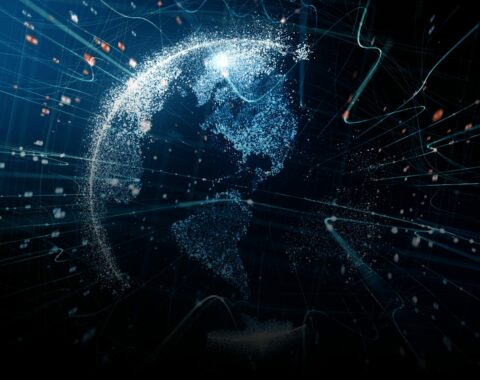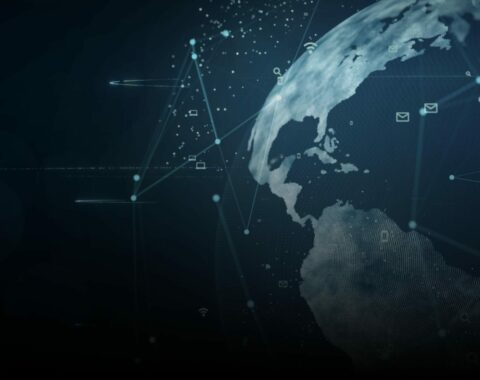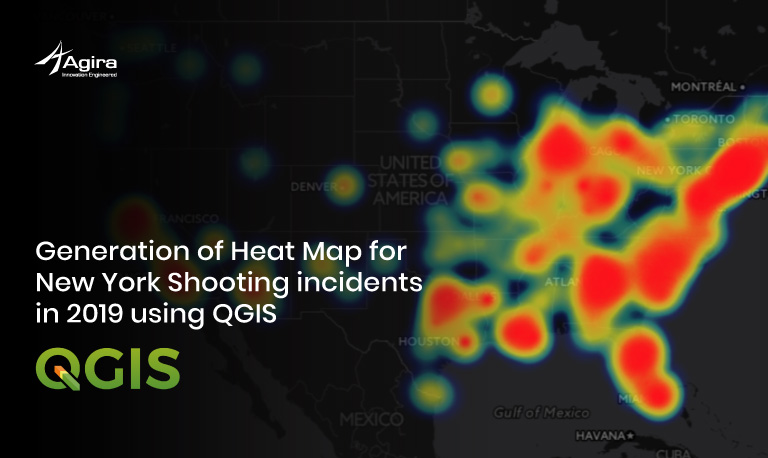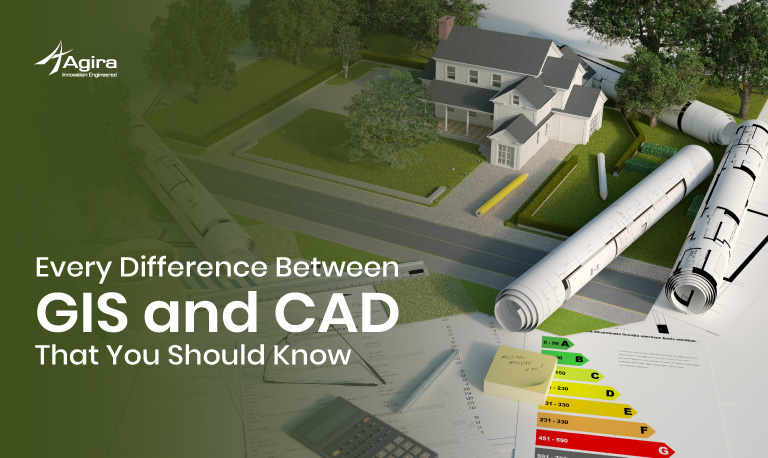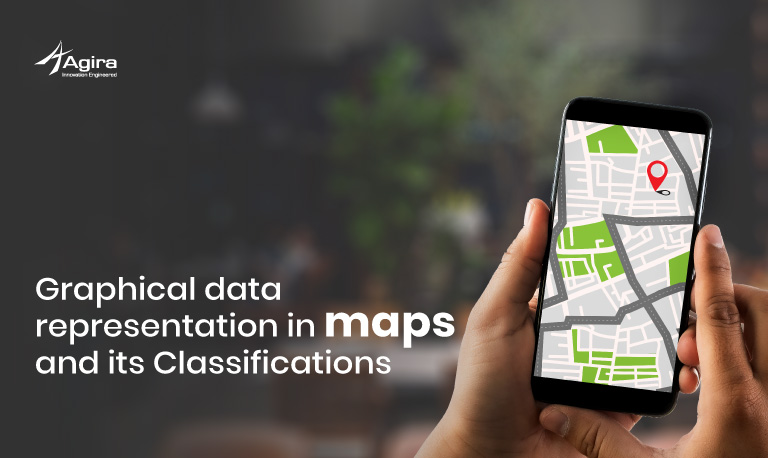Drone surveying is booming in the space of geospatial data collection. Using drones one can carry out topographic surveying with highly accurate and non-compensatable quality of traditional surveying methods. The primary advantages of drone surveys include less time consumption, cost-effectiveness, reduced usage of manpower that can efficiently work in atmospheric conditions like cloud cover.
What is a Drone survey?
Drone Survey is all about collecting geospatial data through unmanned aerial vehicles (UAV). Drones can fly at a lower altitude and making high-resolution data with definite accuracy and are used to capture aerial orthophotos using downward-facing sensors. Some examples of downward-facing sensors are RGB or multispectral cameras and LIDAR payloads. RGB or multispectral cameras are used to capture the ground photographs from different angles. Each photo captured is Geotagged which means the image is tagged with real-world coordinates).
From the collected data, using photogrammetric software one can create orthomosaic georeferenced aerial photographs, elevation models, terrain models, 3D models for the study area. These data are used to extract geospatial information for highly accurate distance, Volumetric analysis, future infrastructure planning, etc.,
Sensors used in Drone Survey
Different types of sensors are used to collect a variety of information and record the changes in the environment that are connected by drones. In drones, sensors help to neglect collision, Navigation, altitude finding, etc.
Types of Sensors in Drones
Speed and Distance Sensors
The speed of the drone and distance between the drones, objects in the field are measured using these sensors. Every activity in the process is done without any physical contact with the objects in the field and it is done in three major ways. They are Sonar, Light, and Magnetic
- To sensing the distance using Sonar Pulse
In Sonar, ultrasonic waves are used to measure the distance between the drone and objects present in the field. Whenever the environment has much noise this method is not ideal for measuring the distance.
- To sensing the distance using Light Pulse
The Laser lights are used to measure the distance. It is a direct and the most beneficial method because it has high accuracy and noise. independence.
- To sensing the distance using Magnetic pulse
It is used to determine the position of the drone in the field and to sense the magnetic objects in the survey field.
Infrared and Thermal sensors
Infrared and thermal sensors are used to detect high-temperature objects or fields. Mostly it is used for pipeline detection, leakage detection, damage assessment, surveillance, and rescue etc.it is also used for night vision surveillance.
Image sensors
Image sensors are used to create the digital images of the photographs which are taken from the drones and it is used to create the multispectral images.
Benefits of Drones in Surveying
- Less Time consumption & cost-effective
Drone topographic data collection is five times faster than the traditional land surveying methods. Manpower consumption is less using the PPK geotagging facility which means there is no need to placing a lot of GCP’s. While you are choosing this drone technology, the end product will be ready faster at a low cost.
- High Precision and Accuracy
Traditional survey methods like total stations measure only one individual point at a time. Drones collect thousands of points at a time, and the points are represented in various data formats. Each pixel in the final created orthophoto or point of the 3D model contains 3D real-world coordinates.
- Low risk & Climate independent
Drone surveys can be conducted anywhere you want including unsafe steep slopes, dense forests, hilly & harsh terrains, suitable to different climatic conditions like cloud cover areas, and high busiest areas like metropolitan areas.
The Formats of Drone survey and Products
Orthomosaic Maps
Collected drone images are preprocessed (corrected, distorted, and mosaiced ) and then create high accurate ortho mosaic photos. Each pixel in the orthomosaic photos contains 2D geographical information (latitude and longitude). It is used to find the accurate horizontal measurements. Some of the orthomosaic file formats are TIFF, GeoTIFF, Jpg.
3D Point Cloud
For area and volumetric measurements, densified 3D point clouds are utilized. The densified point clouds are generated from preprocessed drone images. Each point in the cloud carries 3D geographic information (Latitude, Longitude, and Altitude). Some of the file formats to store the 3D point cloud are .las, .laz, .xyz, Ascii. etc.
3D Textured Mesh
Edges, faces, vertices, and texture of the drone data are reproduced and then created in a 3D textured mesh. It is widely used for visual inspection. Some file formats for storing 3D textured mesh are .pdf, .dxf, .obj, etc.
Digital Surface Models (DSM)
Digital surface models (DSM) are created from the drone images. Each pixel holds 3D information (Latitude, Longitude, and altitude). Some file formats are GeoTIFF, .xyz, .las, .jpeg, etc.
Digital Terrain Model (DTM)
After the removal of objects in the field such as building in the drone images, DTM can be created. File formats: GeoTIFF.
Contour Lines
Contours can be generated from the DTM or DSM model which is generated from the drone images. It gives a clear representation of the surface in the vector data format. Some of the file formats such as .shp, .lyr, .dxf, .tab, .dwg
Accuracy of Drone Survey
Accuracy of the end products is depending upon the type of drones, components quality, camera resolution, survey field. The main factor of accuracy depends upon the process of georeferencing.





